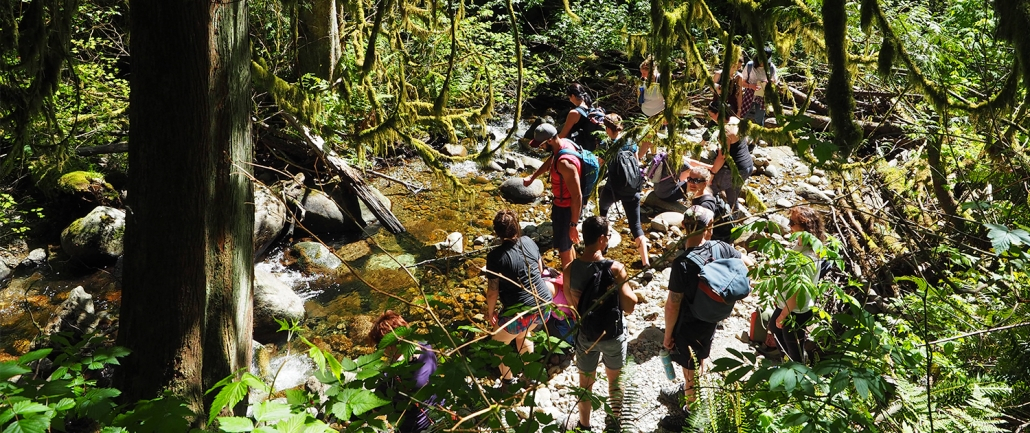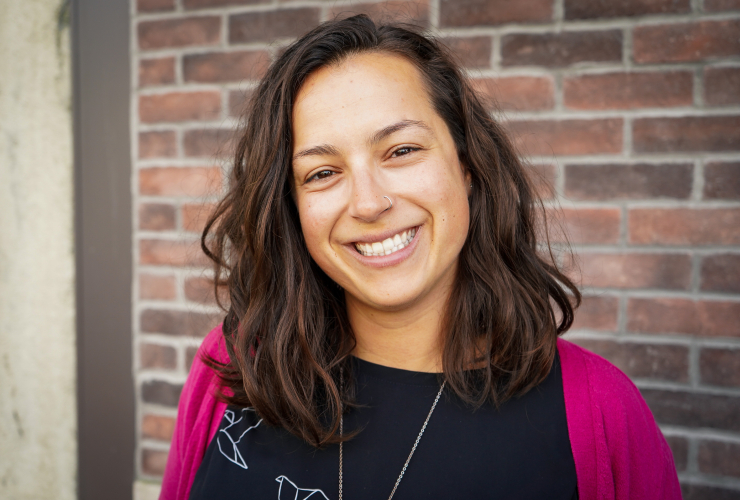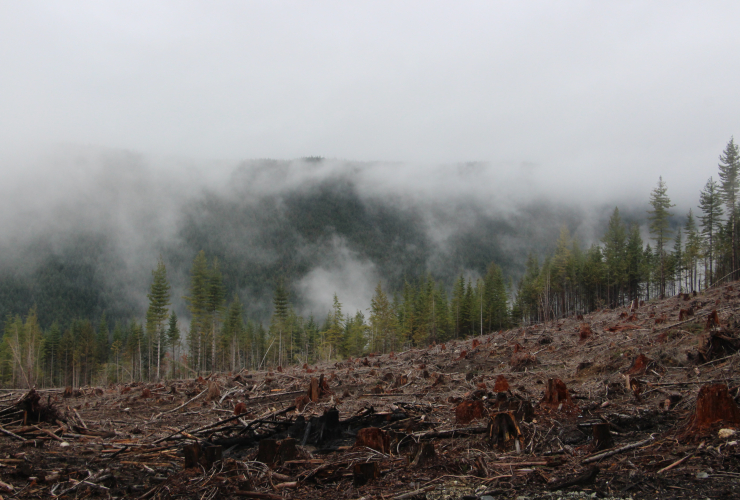Simon Fraser University professor David Zandvliet has been named a UNESCO Chair on Biocultural Diversity and Education.
Over his four-year term, Zandvliet aims to improve environmental education by collaborating with other educational institutions and incorporating Indigenous practices into study programs. His goal is to encourage a cultural shift that will allow all of us to live in a more sustainable way.
Canada’s National Observer spoke to Zandvliet about his appointment, what biocultural diversity education entails and how it relates to food security.
What does your appointment as UNESCO Chair on Biocultural Diversity and Education mean?
The UNESCO brand will be important. It will allow me to break out of this proprietary notion of the university. As a community-minded academic, I’m hoping we can create structures where students and the community from different universities work together and learn about the places in which we live. This will complement inter-institutional research with SFU’s Institute for Environmental Learning, where members network and learn together. It should be possible because we’re not on campus, we’re in the community.
How would you define biocultural diversity?
It’s the idea that we are all in the environment and there is always an interplay between culture and environment. I’m interested in studying people’s cultural backgrounds and how that influences their perceptions of the environment. Different cultural groups interact with the environment quite differently.

Why is biocultural diversity important?
Biodiversity is predictive of environmental health. If you have biodiversity, you have healthy populations and you have healthy ecosystems. Cultural diversity is also a sign of an inclusive society. As a scholar, it’s a good place to start a dialogue with people about the interconnectedness of human cultures and environments around the world and here at home.
The idea is to realize that we need cultural change to live sustainably. That means changing how we live our lives. How can we change the culture, rather than just individuals? These are questions I seek to answer through a biocultural diversity lens.
How do you bring about this cultural change?
School and education are key. We have this notion that knowledge or attitude or behaviour is just an individual thing. But educators should work with schools, families, cohorts and groups of friends. Then and only then will a cultural change happen within a school. When individuals leave the school and new ones come in, because you’ve changed the culture, they’ve developed a new way of thinking.
I believe in experiential learning, because when you spend time in a community, you begin to get some understanding of Canada’s dual realities. It changes you, your experience changes you.
What drew you to this area of study?
I was not a good student in high school myself. I had a lot of trouble. My grades were OK, but the classroom environment did not suit me. A school-based environment doesn’t work for everyone. My first teaching assignment was at a high school in Kitimat and probably half of my class were Haisla students. I quickly realized that the way schooling — as was then designed — did not work for these students, they were not succeeding.
For the whole two years I was in Kitimat, every Friday I did a field trip. We just got on the bus and went somewhere. Years later, I was teaching high school equivalency courses on Vancouver Island, and there were a lot of high school dropouts who were trying to make their way to college or university. This underscored for me again the way the school system doesn’t work for a lot of people. So I thought maybe I can change that.
What challenges would you like to address while working towards this role?
A philosophical question: Is Vancouver inside or outside of nature? I’m often shocked that 80 or 90 per cent of people say: “Oh, of course, Vancouver is outside of nature. There’s the green line visible a distance away on the North Shore. That’s where nature is … we are outside of nature, living in the city.” The whole point of my courses is to counter that misconception and for students to understand just how blurred that line is. If I could get all people to understand that one point, I think that would be the cultural change that we're going for.
How does preserving biodiversity relate to food systems and food security?
Most of what we grow isn’t even capable of propagating itself anymore. We have genetically engineered seeds that are all the same kind, grown in a monoculture. If a pathogen comes through, it can kill everything. Whereas in a natural, biodiverse population, if you have some kind of pathogen, you’re going to lose only the ones that are vulnerable to that particular pathogen. You have this co-evolution happening. If you have a variety in your food sources, you are less vulnerable.
Tell me something about food security that surprises you.
Greenhouses are growing gourmet varieties of tomatoes, and you pay a premium price to eat them. Once I was talking to the CEO of a greenhouse, and he mentioned many local grocery chains would not sell B.C. hot house tomatoes, as they were too expensive. So we have trucks of B.C. tomatoes going to California passing trucks of California tomatoes that are going to be sold in B.C. And I was thinking, how is this even possible? This is how our food system works. So in a war or famine, or if something happened in California to the food supply, we wouldn’t have any food.
Any future projects in mind?
My UNESCO co-chair, Dr. Wiske Rotinsulu from Indonesia, and I operate a field school in Indonesia, which we’ll probably run more frequently in the future. I’m in the development stages for another field school in the Amazon and another on Vancouver Island, possibly exploring aspects of the Mount Arrowsmith Biosphere Reserve. It will be modelled on similar principles as the popular field school I teach yearly in Haida Gwaii and will consider Indigenous cultures alongside environmental issues.
Priya Bhat / Local Journalism Initiative / Canada’s National Observer






Comments